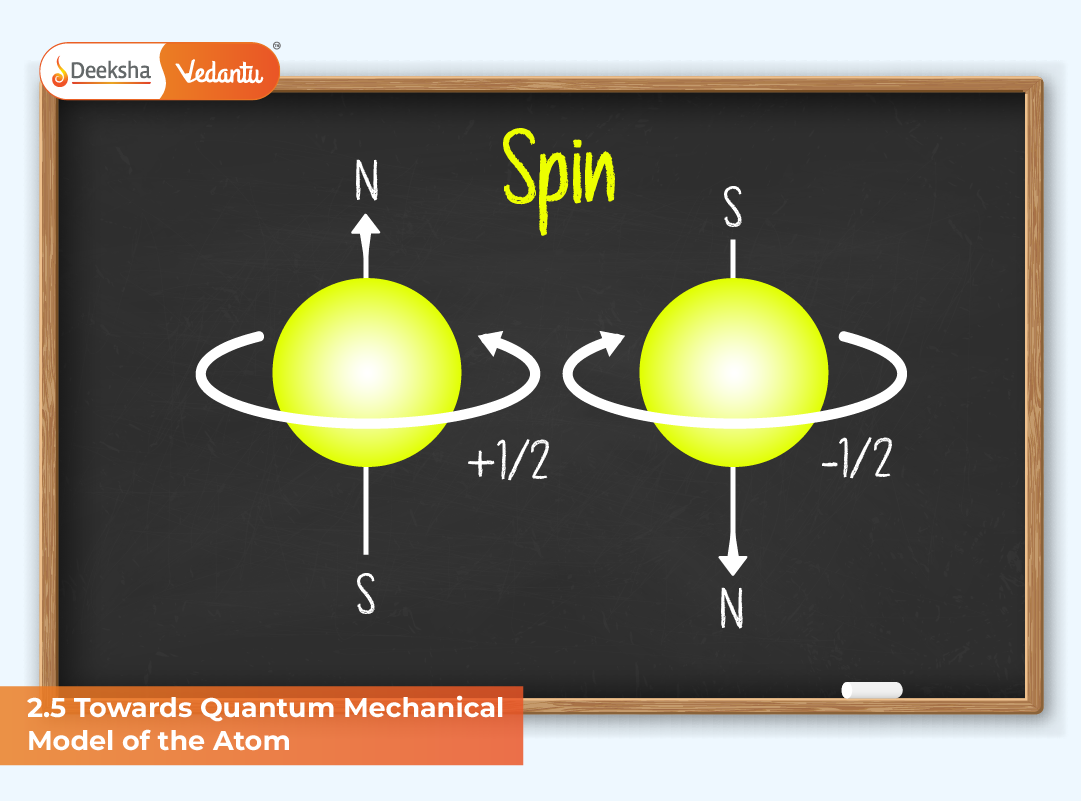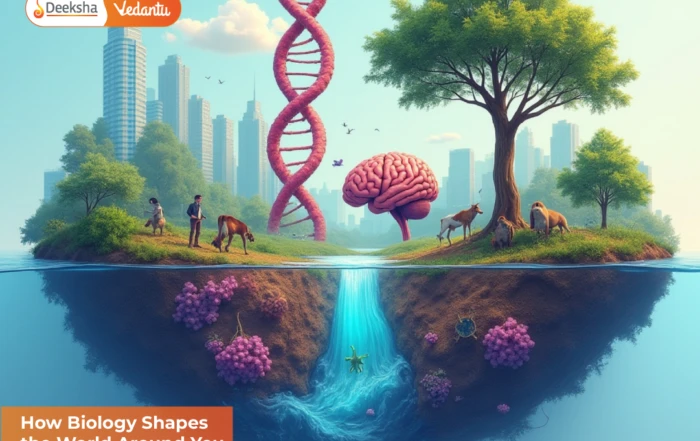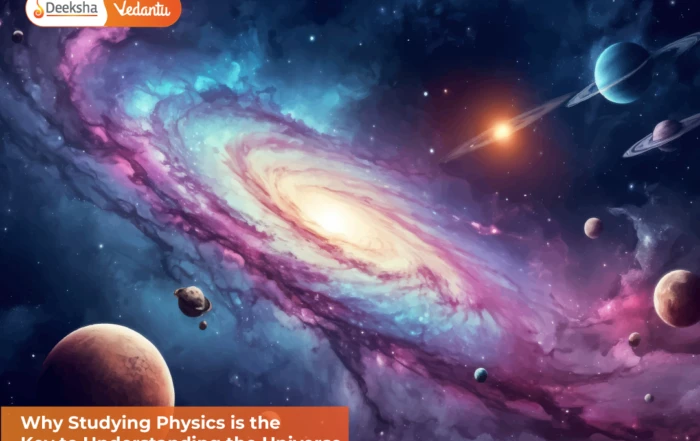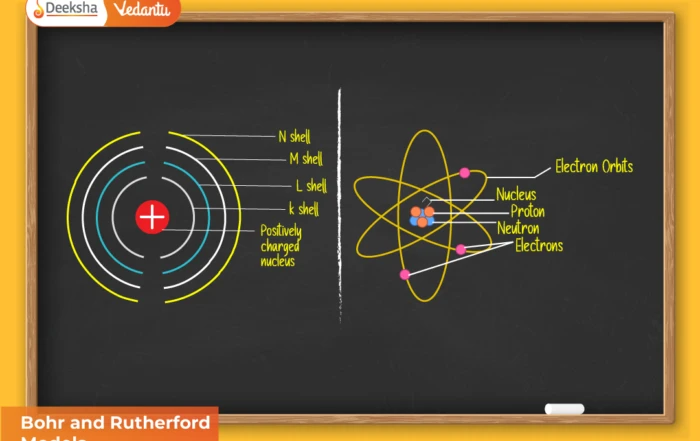
Introduction
The Quantum Mechanical Model of the Atom is one of the most revolutionary developments in chemistry and physics. It marked a major leap from the semi-classical Bohr model to a fully quantum description of atomic behavior. As scientific understanding grew, it became clear that Bohr’s concept of fixed circular orbits was inadequate to explain phenomena like fine spectral lines, electron distribution in multi-electron atoms, and the effects of magnetic and electric fields. Quantum mechanics bridged this gap by introducing a new understanding of the dual nature of matter and radiation.
The foundation of this model lies in experimental discoveries and theoretical advancements that recognized that microscopic particles such as electrons cannot be described accurately by classical physics. The model introduced the ideas of wave functions, probability densities, and quantized energy levels, forming the backbone of modern atomic theory and quantum chemistry.
Limitations of Bohr’s Model
While Bohr’s theory successfully explained hydrogen’s spectral lines, it could not extend to more complex systems. The key failures include:
- Inability to explain spectra of multi-electron atoms like helium or lithium.
- Failure to describe the Zeeman effect (splitting of spectral lines in magnetic fields) and the Stark effect (splitting in electric fields).
- No explanation for the relative intensities or fine structures of spectral lines.
- Neglect of Heisenberg’s uncertainty principle, which prohibits knowing both the position and momentum of an electron precisely.
- The concept of fixed orbits contradicted the emerging wave-particle duality theory.
These inconsistencies prompted scientists to explore a deeper, probabilistic understanding of atomic behavior.
Dual Nature of Matter and Radiation
One of the most profound discoveries in modern physics is the realization that light and matter exhibit both wave-like and particle-like properties. This duality reshaped our entire understanding of the microscopic world.
a) Planck’s Quantum Theory
In 1900, Max Planck proposed that energy is not emitted continuously but in discrete packets known as quanta. The energy of each quantum is given by:
E = hν
where h is Planck’s constant (6.626 × 10⁻³⁴ J·s) and ν is the frequency. This concept explained black-body radiation, a problem classical physics could not resolve.
b) Einstein’s Photoelectric Effect
Albert Einstein expanded upon Planck’s theory in 1905, demonstrating that light behaves as particles called photons. When light hits a metal surface, it can eject electrons only if its frequency exceeds a threshold value. This phenomenon confirmed that light energy is quantized and directly proportional to frequency, not intensity.
c) de Broglie’s Hypothesis of Matter Waves
In 1924, Louis de Broglie extended the dual nature concept to matter, proposing that all moving particles possess wave properties. The wavelength (λ) associated with a particle is given by:
λ = h / mv
where m is the mass and v is the velocity. This suggested that even electrons orbiting nuclei behave like standing waves, not simple particles.
JEE Example 1
Q: Calculate the wavelength of an electron moving at 1.5 × 10⁶ m/s.
A: λ = 6.63 × 10⁻³⁴ / (9.1 × 10⁻³¹ × 1.5 × 10⁶) = 4.85 × 10⁻¹⁰ m.
JEE Example 2
Q: If the velocity of a proton is doubled, how does its de Broglie wavelength change?
A: Since λ ∝ 1/v, doubling the velocity halves the wavelength.
This duality formed the theoretical base for wave mechanics, later developed mathematically by Schrödinger.
Heisenberg’s Uncertainty Principle
In 1927, Werner Heisenberg introduced the uncertainty principle, emphasizing the fundamental limits of measurement in quantum systems. It states:
Δx × Δp ≥ h / 4π
Here, Δx is the uncertainty in position and Δp is the uncertainty in momentum. This principle implies that the more precisely one measures a particle’s position, the less precisely its momentum can be known, and vice versa.
This eliminated the idea of electrons revolving in precise circular orbits. Instead, electrons were described as existing within a region of space where their presence is most probable — forming the basis of the concept of orbitals.
Example Problem
Q: If the uncertainty in the position of an electron is 1.0 × 10⁻¹⁰ m, calculate the uncertainty in its momentum.
A: Δp = h / (4πΔx) = 6.63 × 10⁻³⁴ / (4π × 1.0 × 10⁻¹⁰) = 5.28 × 10⁻²⁵ kg·m/s.
Application Insight
This principle is especially relevant for subatomic particles like electrons because their small mass amplifies uncertainty effects. For macroscopic objects, the uncertainty is negligible.
Schrödinger’s Wave Equation
Erwin Schrödinger, in 1926, developed a mathematical model that describes the behavior of an electron as a wave function (ψ). His equation is expressed as:
Hψ = Eψ
where H is the Hamiltonian operator (representing total energy), E is the energy eigenvalue, and ψ is the wave function that represents the quantum state of an electron.
The square of the wave function, ψ², gives the probability density of finding an electron at a specific point in space. This replaced the concept of definite electron paths with probability clouds, forming the modern concept of atomic orbitals.
JEE/NEET Applications
Schrödinger’s equation explains:
- Natural quantization of energy.
- Shapes of atomic orbitals (s, p, d, f) based on probability distribution.
- The concept of quantum numbers that describe each electron’s unique state.
Example Application
For the hydrogen atom, Schrödinger’s model predicts the same energy levels as Bohr’s but provides much more detail about orbital shapes and orientations, which Bohr’s model could not describe.
Quantum Mechanical Model – Core Features
The refined model of the atom is based on several fundamental postulates:
- Electrons are represented by wave functions, not fixed paths.
- The energy of an electron is quantized due to specific boundary conditions.
- Orbitals represent high-probability regions for finding electrons.
- The dual wave-particle nature governs all subatomic phenomena.
- Quantum numbers (n, l, m, s) define each electron’s state completely.
- The model adheres strictly to the principles of uncertainty and probability.
JEE & NEET Conceptual Insights
- Compare Bohr’s orbits with quantum orbitals.
- Derive and apply de Broglie wavelength and uncertainty relations in numerical problems.
- Analyze how Schrödinger’s wave functions explain atomic structure and bonding.
- Understand how quantum numbers define electron configuration and chemical properties.
Practice Questions
- Calculate the de Broglie wavelength of a proton moving at 2 × 10⁶ m/s.
- Explain the significance of ψ² in quantum mechanics.
- Derive the relationship between wavelength and momentum for subatomic particles.
- A neutron has a velocity of 5 × 10³ m/s. Compute its de Broglie wavelength.
- Distinguish between an orbit and an orbital with suitable examples.
FAQs
Q1. Why was the quantum mechanical model necessary?
Because Bohr’s theory could not explain spectral line details, magnetic and electric field effects, or the probabilistic nature of electrons.
Q2. What is the importance of de Broglie’s hypothesis?
It connected wave and particle theories, showing that every moving particle, including electrons, exhibits wave-like behavior.
Q3. How is Schrödinger’s model more accurate than Bohr’s?
It introduces wave mechanics, explaining electron distribution in orbitals rather than fixed orbits, giving a probabilistic picture of atoms.
Q4. What is the meaning of ψ and ψ²?
ψ is the wave function, while ψ² gives the probability density of locating an electron at a given point in space.
Q5. Which topics from this chapter are vital for JEE and NEET?
Heisenberg’s uncertainty principle, de Broglie wavelength derivations, Schrödinger’s equation, orbital shapes, and quantum numbers.
Conclusion
The Quantum Mechanical Model of the Atom transformed our understanding of the microscopic world by merging the wave-particle duality of matter with probabilistic wave mechanics. It replaced rigid Bohr orbits with the concept of orbitals, providing a detailed picture of electron behavior and distribution. Through foundational principles like Heisenberg’s Uncertainty, de Broglie’s Matter Waves, and Schrödinger’s Equation, this model remains the cornerstone of atomic structure. For JEE and NEET aspirants, mastering these quantum concepts builds the bridge to advanced topics such as molecular orbital theory, hybridization, and chemical bonding — critical for success in competitive examinations.











Get Social